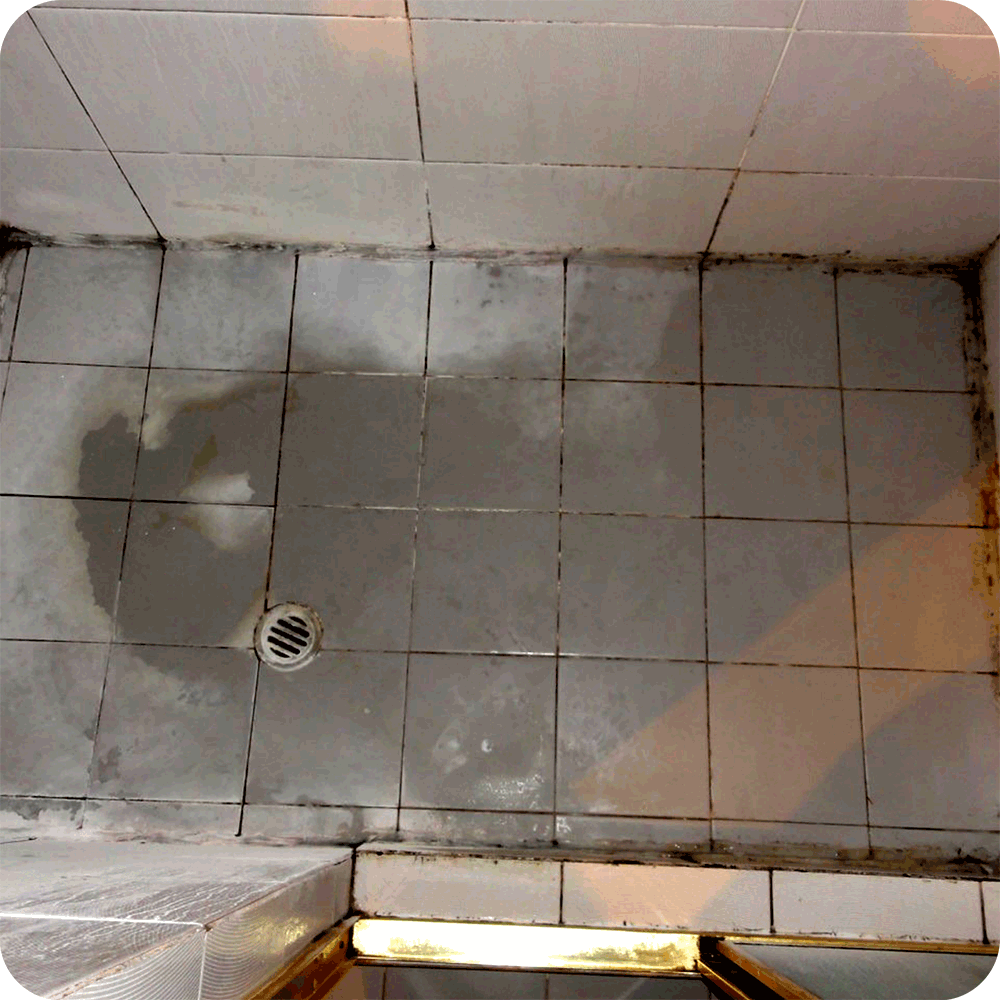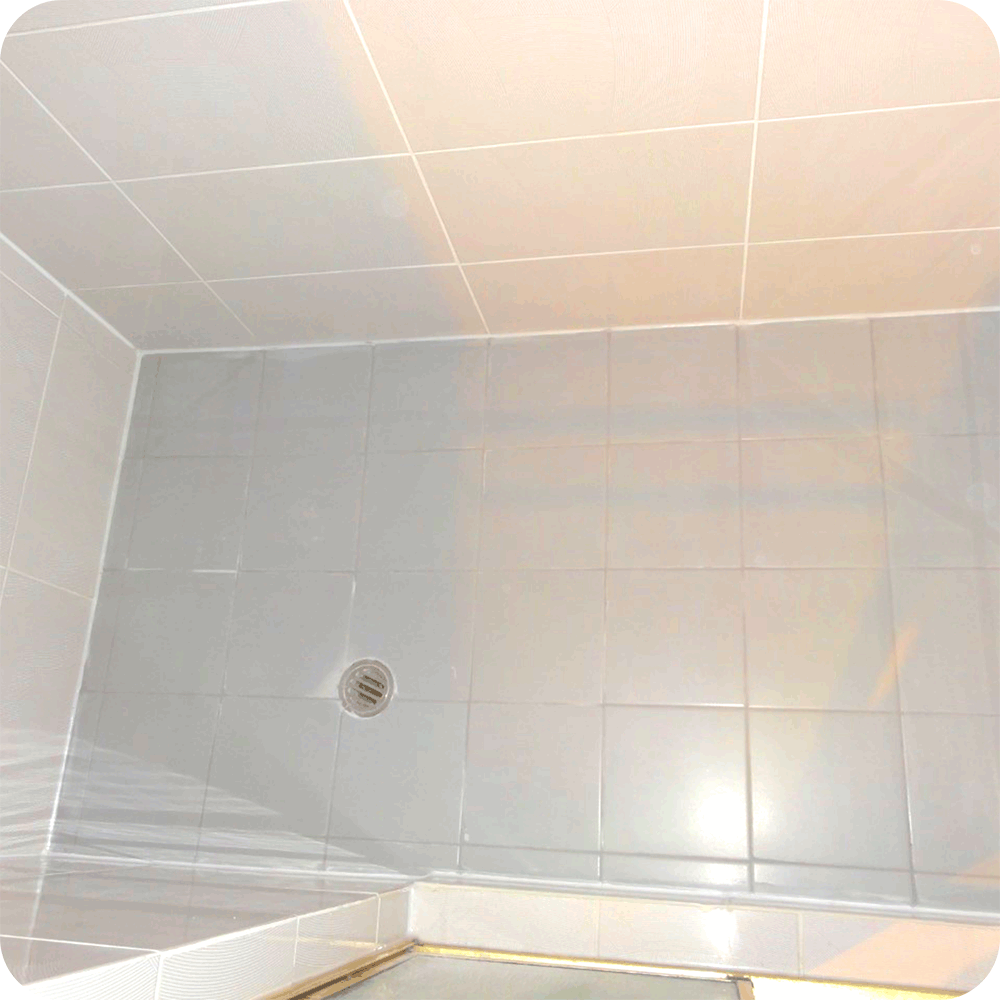FAST, COST-EFFECTIVE, AND EXPERT BATHROOM SEALING
The Shower Repair Centre pioneered and patented the DiamoSmart® System which took the service of sealing showers without removing tiles to a whole new level.
Our Founder, Mark Studdert pioneered the Diamond Seal Technology in 1998 for sealing showers without removing tiles. With this revolutionary technique, we help residential and commercial property owners with their sealing bathroom leaks and resealing shower challenges at faster turnaround times whilst saving thousands and reducing carbon footprint.

BEFORE

AFTER


